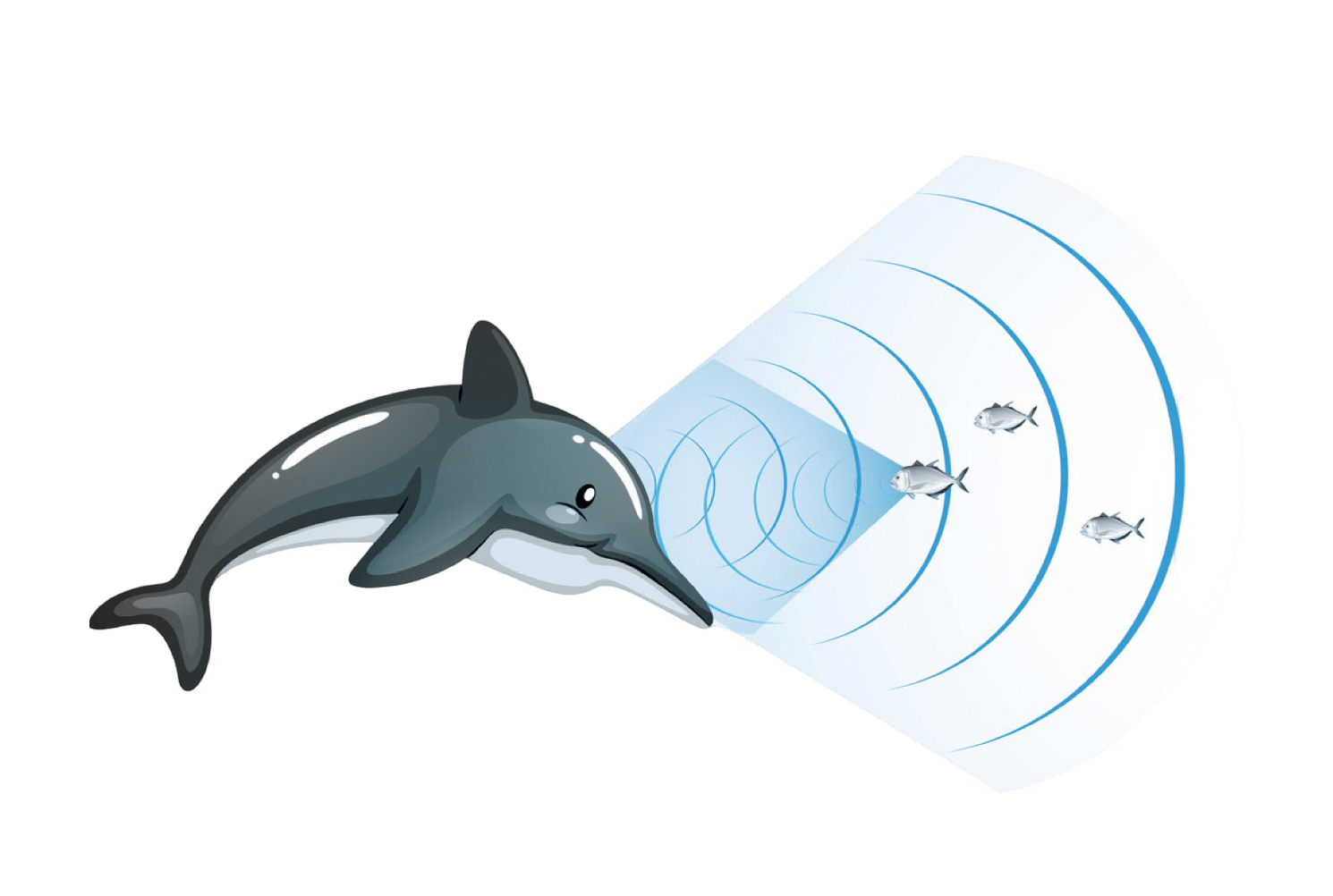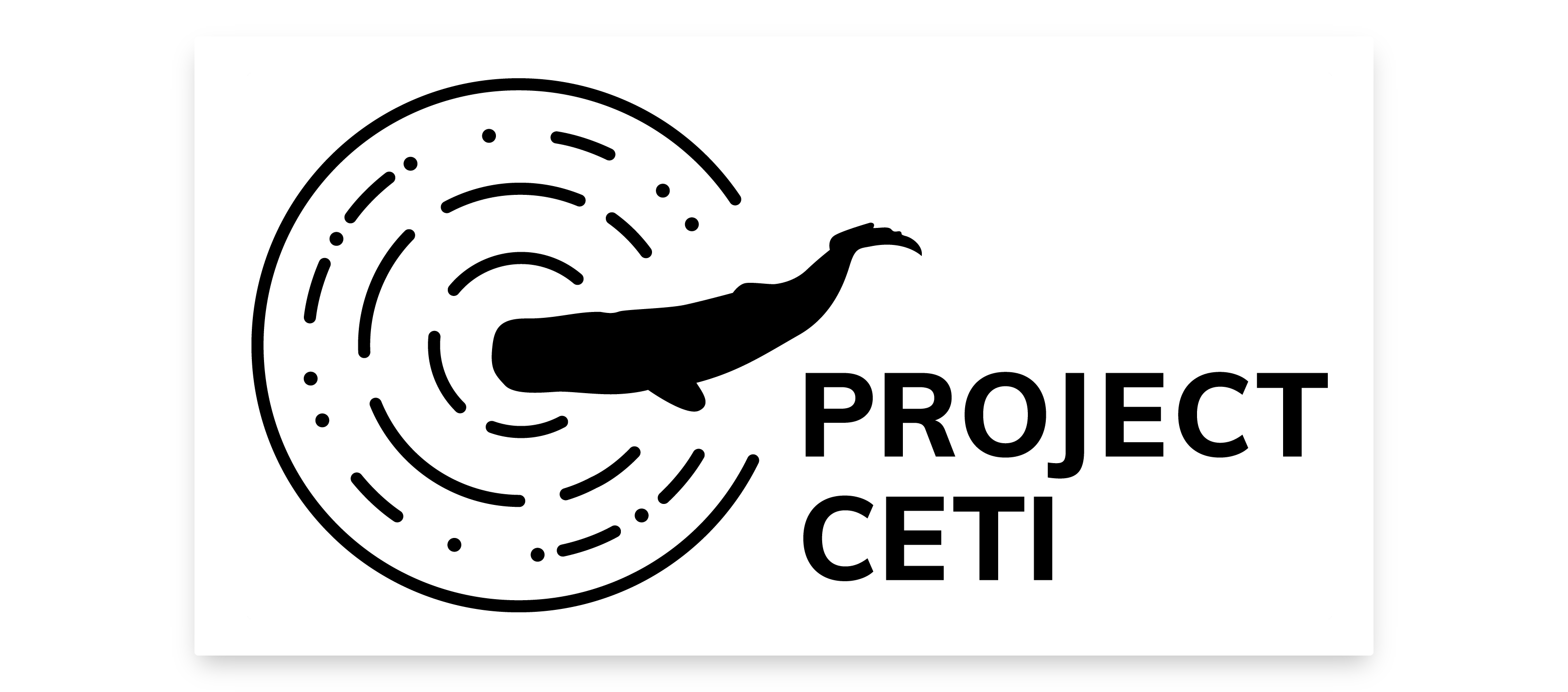Not long ago, I had the opportunity to go to Dubai Dolphinarium and witness the Dolphin & Seal spectacle. Being someone who has been captivated by the intellect of animals, it was a truly mesmerizing encounter to observe these creatures display incredible skills and communicate with their handlers.
Let’s start by introducing our four bottlenose dolphins :)
Meet Fila, Nemo, Ayesha, and Luna 🐬
who stole the show with their incredible jumps, flips, and synchronized moves.
As I watched in amazement,
I couldn’t help but wonder: how do their trainers communicate with them? How do they train them to perform such complex and impressive maneuvers with ease? And most importantly, what can we learn from their intelligence and language abilities?
As I continued to observe the dolphin spectacle, I began to notice how the trainers used a combination of nonverbal cues, such as hand signals and body language, as well as vocalizations like clicking sounds, to communicate with the dolphins.
It was impressive to see how quickly and accurately the dolphins responded to these cues, showcasing their intelligence and ability to understand complex commands.
This got me thinking about the nature of animal intelligence and how much we still have to learn about it.
Dolphins, in particular, are known to be
one of the most intelligent species on the planet.
Their brains are larger and more complex than those of most other animals, including us humans! and their cognitive abilities are impressive. They have the ability to recognize themselves in a mirror, use tools, and even solve complex problems.
So, this brings us to the main question
How do they communicate?
As I delved deeper into the mystery of dolphin communication, I stumbled upon a fascinating video from National Geographic. A particular clip from the video piqued my curiosity even further.
You can find the full length version of this video, over here.
From this one, I discovered that dolphins communicate with each other using a complex language of clicks, whistles, and squeaks, known as pulse calls.
This language is so sophisticated that it’s often referred to as the closest thing to human language in the entire animal kingdom. They’re not only capable of communicating with each other, but they can also communicate in different dialects and languages, just like us humans.

The use of echo location is another fascinating aspect of their communication, allowing them to navigate their environment and locate prey with incredible accuracy.
Their sounds can travel up to 20 miles underwater! And here’s the coolest part :)
Just like you & me can draw a signature truly unique to ourself on a piece of paper, Dolphins take it a step further! They also use signature whistles, which are unique to each individual dolphin, as a form of personal identification.
In addition to all this,
Whales (both whales & dolphins belong to the same group, Cetaceans) in the Antarctic ocean, for instance, use different signals to communicate amongst themselves, when compared to a group of whales in the Indian ocean. It’s truly mind-boggling how intelligent these creatures are!
I know, I know.
This must’ve sounded like a big fact book about Dolphins, right? But, Isn’t is fascinating that we share our planet with such intelligent creatures.
As humans, we often dream about communicating with extraterrestrial life in science fiction, but who would have thought that we already have another species on our planet that uses such complex language and communication skills?
These mammals truly are a testament to the incredible diversity and intelligence of life on Earth.
But, but, but…
So far, We’ve only scratched the surface
of what we know about dolphin and whale communication.
Dr. Denise Herzing, for example, has been using a variety of tools to analyze and study the behavior of dolphins, including the development of a computer called CHAT (cetacean hearing and telemetry). Do check out her ted talk to learn more about this project!
This device can broadcast dolphins’ prerecorded signature whistles as well as dolphin-like whistles into the ocean at the push of a button, with the ultimate goal of communicating with dolphins in the wild.

What takes it even a step further is Project CETI which aims to record roughly 1 billion individual clicks using a variety of sound recording mechanisms!
Once this data is collected, an AI specializing in natural language processing should then be able to look at all of this data at once find the context in which certain clicking sounds are repeatedly used! Thereby, creating a language map that can predict the future meaning of clicks.
Just imagineeeee,
One day, We’d be able to talk with whales & dolphins!
Let that sink in for a minute. Yep! We are attempting to communicate with another species! How crazy is that?!
My key takeway from this experience was that
“Intelligence comes in many forms”
Just because dolphins don’t communicate in the same way as humans, doesn’t mean they’re not intelligent :)
This is a lesson that we can apply to different aspects of our lives, including the people we encounter in our personal and professional lives.
Each individual has their unique skills, talents, and ways of communicating, and it’s important to recognize and appreciate these differences. Not everyone needs to get admitted into an IIT or IIM :)
As an added bonus, here’s one of my favourite moments from the show ❤️